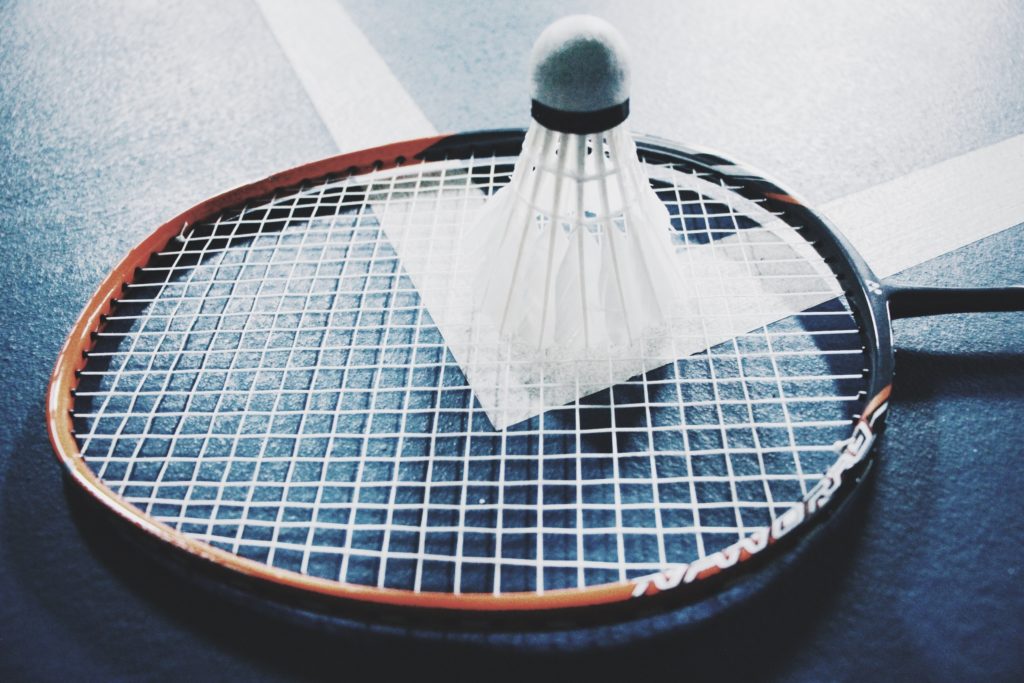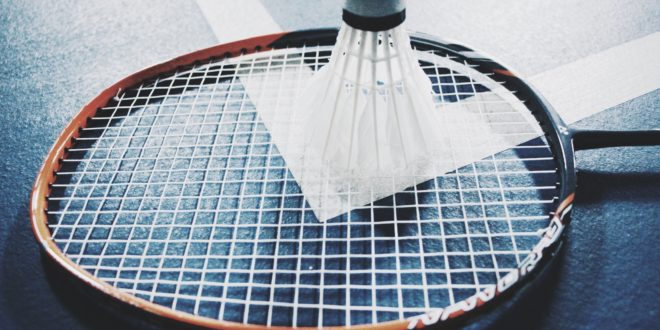While solo activities like yoga and aquajogging have their perks when it comes to exercising, there is a lot to be said about a little friendly competition. But it can be tough to find age-friendly sports, which be tailored to older adults’ ability levels and not increase your risk of injury.
Enter . . . badminton! In the realm of racquet sports like tennis, ping pong (or table tennis), squash, and pickleball, badminton is a fun and effective exercise. Don’t miss this quick guide to badminton including how’s it played, benefits of playing, and how to get started:
How do you play badminton?
Badminton is played with teams of one or more players each who carry a lightweight badminton racquet. A shuttlecock, or lightweight rounded rubber (or cork) base with a nylon or feather-based cone attached to it, is the centre of attention, being hit back and forth across the net with the racquets.
The aim of the game is for a team to hit the shuttle, also referred to as a birdie in some places, across the net to land on the ground of the opposing team’s court as much as possible to earn points (that is called a rally). Earn enough rallies and you win the game. You can also score points when your opponent makes a mistake like if they hit the net with the shuttle or accidentally hit the shuttle out of the court.
Unlike other racquet games, however, in badminton you can only hit the shuttle once when it flies over the net to your side and if it hits the ground that is the other team’s point (no hitting it after it bounces). Badminton courts mirror tennis courts with separate lines for singles and doubles playing and typically games match 1 player against another or 2 against 2. There are a handful of rules for beginners to keep in mind regarding how to serve, where to serve, how play is initiated, and how to keep score – these guidelines can help.

Benefits of playing badminton
As a less aggressive and more lightweight racquet sport, badminton offers loads of health benefits to seniors without an increased risk for injury. Additional benefits include:
- Year-round playing – this sport can be played on indoor and outdoor courts making it accessible to seniors year-round
- Low-impact – badminton provides quality aerobic exercise even for people with joint pain and stiffness because it does not require high-impact movements like jumping or running
- Heart-healthy – you can still break a serious sweat with badminton and give your heart a workout which helps to fight lifestyle conditions like hypertension, diabetes, and obesity
- Injury recovery – staying active while you recuperate from a lower limb injury like a pulled calf muscle, sprained ankle, or knee surgery is tough but less-aggressive games like badminton can help by providing enough physical activity to keep joints loose and muscles strong
- Social interaction – you simply can’t play badminton on your own, but that’s a good thing. Physical activity that also involves interacting with friends can help combat social isolation, loneliness, and depression as you age.
Getting started with badminton
If you are interested in playing badminton, there are a handful of easy ways to get started. Firstly, you can actually buy badminton equipment (i.e. racquets, shuttles, and a net) and simply set it up in your backyard. Invite friends over and get a game going; just don’t forget to delineate where the “court” is (with large rocks, lawn chairs, etc). Note as well that the shuttle can easily be blown astray by even a light wind, so an outdoor game will always be more casual than competitive.
You may also want to check with your local gym, sports centre, or senior centre if there are badminton supplies available for playing. If the staff can provide equipment but aren’t knowledgeable as to the setup, remember these key points:
- The net should stretch directly across the middle so the court on either side are the same size
- The net should cross the entire width of the court and be pulled tight so there is no slack or dipping in the middle
- The lines of the badminton court should be outlined in the same colour paint or tape so there is no confusion (especially if there are tennis courts there as well)
- Badminton New Zealand also has membership clubs where you can engage with others who love the sport and find out what local venues and clubs offer you a place to play.









Join the Discussion
Type out your comment here:
You must be logged in to post a comment.